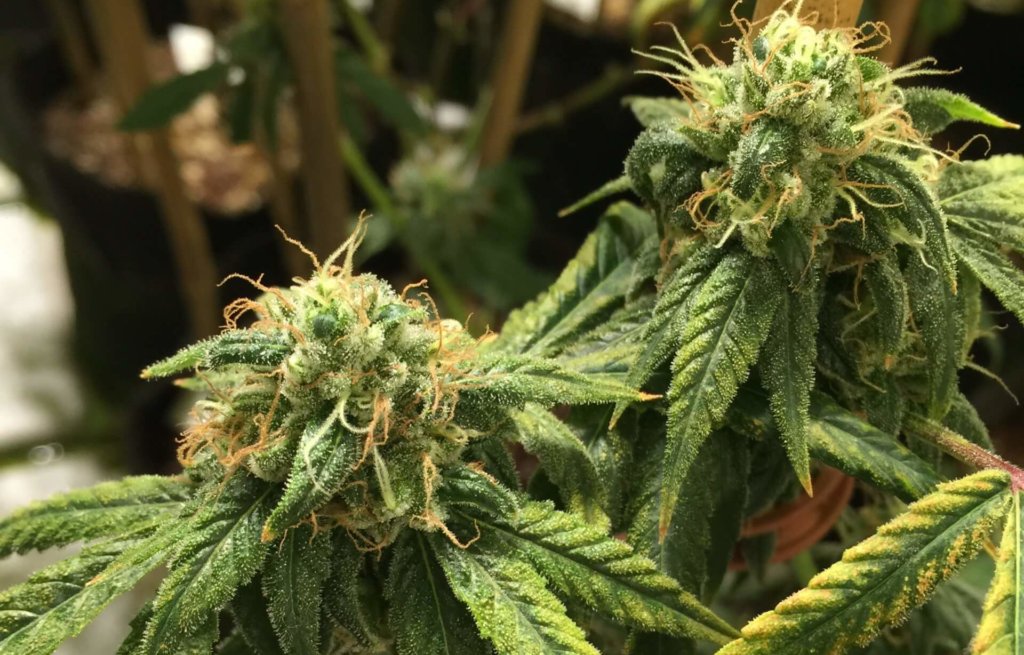Introduction
Growing cannabis in cold climates can be a challenging but rewarding endeavor. The cold weather presents unique obstacles that need to be overcome to achieve a healthy and thriving cannabis crop. However, with the right strategies and preparation, you can still produce high-quality cannabis in colder regions. In this comprehensive guide, we will explore a range of tips and techniques to help you succeed in growing cannabis in cold climates.
Understanding the Challenges of Cold Climates
Before diving into the tips, it’s essential to understand the specific challenges that growing cannabis in cold climates entails:

1. Temperature Extremes
Cold climates often mean shorter growing seasons and lower temperatures, which can be detrimental to cannabis plants. Frost and freezing temperatures can damage or kill your plants, so it’s crucial to protect them adequately.
2. Shorter Growing Season
Cold climates typically have a shorter growing season due to the late arrival of spring and early onset of winter. This limited timeframe requires careful planning and management.
3. Reduced Sunlight
Less sunlight in colder regions can hinder cannabis growth and reduce yields. Ensuring your plants receive sufficient light is vital for their overall health and productivity.
4. Mold and Mildew
Cold, damp conditions can promote the growth of mold and mildew, which can devastate your cannabis crop if left unchecked.
Now that we’ve identified the challenges let’s explore the tips and techniques to overcome them.
Selecting the Right Cannabis Strains
1. Choose Cold-Resistant Strains
Start by selecting cannabis strains that are known to be more resilient in colder climates. Indica-dominant strains often perform better in cooler conditions compared to sativa strains.
2. Autoflowering Varieties
Consider autoflowering cannabis strains that have a shorter growth cycle and are less dependent on light cycles. They can be harvested earlier, reducing the risk of late-season frost.
Proper Site Selection and Preparation
1. South-Facing Location
Choose a south-facing location for your cannabis garden to maximize exposure to sunlight throughout the day. This can help mitigate the effects of colder temperatures.
2. Windbreaks
Plant windbreaks such as shrubs or trees to protect your cannabis plants from strong winds, which can exacerbate cold stress.
3. Raised Beds
Raised beds can help improve drainage and soil warmth. You can also insulate the soil with mulch to retain heat.
4. Greenhouses or Hoop Houses
Consider using a greenhouse or hoop house to create a controlled environment for your cannabis plants. This can extend the growing season and provide protection from frost.
Soil Preparation and Maintenance

1. Soil Heating
Install soil heating cables or mats to keep the root zone warm during colder periods. This can help maintain optimal root health and growth.
2. Use High-Quality Soil
Invest in premium-quality soil or create a custom soil mix that retains heat and moisture while providing adequate drainage.
3. Mulching
Apply a layer of mulch around your cannabis plants to insulate the soil, retain moisture, and regulate temperature fluctuations.
Timing and Planting
1. Start Indoors
Begin your cannabis plants indoors or in a controlled environment to give them a head start before transplanting them outside once the weather warms up.
2. Timing is Key
Pay close attention to your region’s average last frost date and plan your planting accordingly. Planting too early can expose your plants to frost damage.
3. Use Season Extension Techniques
Explore season extension techniques such as row covers or cloches to protect your plants from late-season cold snaps.
Light Management
1. Supplemental Lighting
In areas with limited sunlight, consider using supplemental lighting to ensure your cannabis plants receive enough light during the vegetative and flowering stages.
2. Reflective Surfaces
Place reflective materials, such as white plastic or aluminum foil, around your plants to maximize light penetration and distribution.
Pest and Disease Control
1. Regular Inspection
Frequently inspect your cannabis plants for signs of mold, mildew, and pests. Early detection allows for prompt intervention.
2. Organic Pest Control
Utilize organic pest control methods to avoid introducing harmful chemicals to your cannabis crop. Beneficial insects like ladybugs can help control pest populations.
Cold Protection Measures
1. Row Covers
Use row covers or frost blankets to shield your cannabis plants from cold temperatures and frost during the night.
2. Portable Heaters
Consider using portable heaters or heat lamps in greenhouses or hoop houses to maintain a consistent temperature.
3. Watering Timing
Water your cannabis plants during the daytime to prevent freezing at night. Proper watering can help protect the roots from frost damage.
Harvesting and Drying
1. Harvest Early
In cold climates, it’s advisable to harvest your cannabis plants a bit earlier than usual to avoid the risk of late-season frost.
2. Indoor Drying
Dry your harvested cannabis indoors or in a controlled environment with stable temperature and humidity levels.
Conclusion
Growing cannabis in cold climates may present unique challenges, but with the right strategies and precautions, you can achieve a successful and bountiful harvest. By selecting cold-resistant strains, preparing your site adequately, and implementing protective measures, you can nurture your cannabis plants to thrive even in chilly weather. Remember that careful planning, attention to detail, and a proactive approach are essential for cannabis cultivation in colder regions.
